Understanding Adventure Motorcycle Luggage: What You Need to Know
Adventure motorcycle riding is one of the most exhilarating ways to explore the great outdoors. However, to embark on these journeys, you’ll need reliable and robust adventure motorcycle luggage that can withstand the rigors of diverse terrains and weather conditions. In this guide, we will delve into essential aspects of adventure motorcycle luggage, from its types and features to tips on selecting the right gear for your next journey.
Types of Adventure Motorcycle Luggage Available
Adventure motorcycle luggage comes in various forms, each designed to cater to the different needs of riders. Here are the primary types:
- Panniers: These are usually mounted on the sides of the motorcycle and are ideal for carrying larger amounts of gear. They can be hard or soft-sided, each offering distinct advantages in durability and weight.
- Top Cases: Mounted at the rear, these cases provide additional storage and often come with a locking mechanism, making them a safe option for valuable items.
- Tank Bags: These bags attach directly to the motorcycle’s tank, providing easy access to essentials like maps or snacks while on the road.
- Dry Bags: Waterproof and durable, dry bags are perfect for keeping clothing and electronics safe from moisture and dirt.
- Backpacks: When you need to carry items beyond the usual luggage capacity, a sturdy backpack designed for adventure riding can offer flexibility and additional storage.
Key Features to Look For in Adventure Motorcycle Luggage
Choosing the right adventure motorcycle luggage involves understanding the features that will benefit your riding style:
- Water Resistance: Look for luggage that is waterproof or at least water-resistant to protect your belongings during adverse weather.
- Durability: Materials like ballistic nylon or heavy-duty polyester can withstand harsh conditions and provide long-lasting performance.
- Modular Design: Many riders prefer modular luggage systems that allow them to add or remove components based on their needs for each specific trip.
- Weight Distribution: Ensuring even weight distribution helps maintain control and stability while riding, making this an essential design consideration.
- Ease of Use: Look for features like quick-release buckles, easy attachment mechanisms, and access points that facilitate quick packing and unpacking.
Benefits of High-Quality Adventure Motorcycle Luggage
Investing in high-quality adventure motorcycle luggage offers several advantages, enhancing the overall riding experience:
- Enhanced Safety: A sturdy and well-sealed luggage system helps prevent items from shifting during a ride, maintaining balance and improving safety.
- Increased Storage Capacity: Quality luggage systems maximize space, ensuring you can carry everything needed for longer journeys without compromising comfort.
- Durability in Varied Conditions: Robust luggage protects contents from damage caused by road vibrations, impacts, and weather-related elements.
- Customizable Solutions: Many high-end options allow customization, so you can modify your luggage setup to suit your specific riding needs and preferences.
- Long-Term Savings: Though high-quality gear can be pricier initially, it often leads to savings over time due to reduced replacement frequency and better performance.
Selecting the Right Adventure Motorcycle Luggage for Your Bike
Choosing the right adventure motorcycle luggage is crucial for comfort and functionality. Here are important considerations to guide your decision:
Considerations for Size and Capacity
Determining the size and capacity of your luggage relies heavily on your specific travel plans:
- Short vs. Long Trips: Short trips may require less luggage, whereas long trips will necessitate more space for clothing, tools, and additional gear.
- Type of Terrain: Riding on rough terrains may require additional support in the form of durable storage options to protect equipment.
- Personal Gear Needs: Evaluate what personal items you will be carrying, from camping gear to safety equipment, to select appropriate sizes.
Assessing Compatibility with Different Motorcycle Models
Before making a purchase, ensure the luggage is compatible with your motorcycle:
- Attachment Points: Some motorcycles come with specific attachment points for luggage; understanding these will aid in selecting the right fit.
- Volume Restrictions: Ensure the combined volume of your luggage does not exceed your motorcycle’s load capacity. Overloading can affect handling and stability.
- Brand and Model Considerations: Certain backpacks or panniers may be specifically designed to accommodate unique aspects of certain models, which can enhance practicality.
Materials and Durability Factors for Adventure Motorcycle Luggage
Choosing durable materials will ensure your luggage stands up to the demands of each ride:
- Waterproof Fabrics: Look for materials that are highly water-resistant or waterproof to keep gear dry in wet conditions.
- Reinforced Stitching: Reinforcement at stress points can provide additional durability and longevity, which is critical for severe rides.
- UV Resistance: Some materials fade under sunlight. Select UV-resistant options to maintain appearance and functionality over time.
- Impact Resistance: Consider hard cases or abrasion-resistant materials that can absorb impact and protect contents even on rugged trails.
Essential Accessories for Adventure Motorcycle Luggage
To enhance the functionality and safety of your adventure motorcycle luggage, consider the following accessories:
Securing Your Luggage: Straps and Racks
Effective securing solutions can significantly improve your riding experience:
- Engineered Racks: Invest in quality motorcycle racks that distribute weight evenly and secure your luggage properly.
- Quality Straps: Use high-strength straps to minimize movement and ensure your luggage remains firmly in place.
- Locking Mechanisms: Consider anti-theft locking mechanisms to safeguard your belongings from opportunistic theft.
Enhancing Functionality with Inserts and Organizers
Inserts and organizers can provide customized packing solutions:
- Modular Inserts: These help in separating tools, clothing, and emergency gear, making packing more efficient.
- Compression Bags: Maximize space within your luggage while keeping items organized and accessible.
- First Aid Kits: Include necessary kits within your luggage for quick access to essential supplies in emergencies.
Adding Safety Features to Your Adventure Motorcycle Luggage
Integration of advanced safety features can enhance protection during your travels:
- Reflective Elements: Chose luggage featuring reflective strips to increase visibility during night rides.
- Impact-Absorbing Liners: Consider liners that can help protect fragile gear from bumps and shocks while riding.
- GPS Trackers: Utilize GPS devices to track your luggage’s location, ensuring peace of mind during stops.
Packing Tips for Efficient Use of Adventure Motorcycle Luggage
Proper packing is essential for maximizing the functionality of your luggage. Here are effective strategies:
Best Practices for Weight Distribution on Your Bike
Weight distribution plays a crucial role in your motorcycle’s handling:
- Even Distribution: Ensure that weight is equally balanced on both sides to maintain stability and control.
- Heavy Items Lower: Place heavier items near the bottom of your luggage to lower the center of gravity and improve handling.
- Strategic Placement: Keep frequently used items at the top or in side pockets for easy access during stops.
Techniques for Packing Maximizing Space
Efficient packing can save space, enabling a more enjoyable ride:
- Roll Your Clothes: Rolling clothes instead of folding them can save space and reduce wrinkles.
- Utilize Packing Cubes: Use packing cubes to keep gear organized while maximizing your luggage’s available space.
- Prioritize Essentials: Always pack the most critical items first, assessing any non-essentials that can be left behind in favor of necessary gear.
Organizing Your Gear for Quick Access
Easy access to equipment is vital during your adventures:
- Use Color-Coded Bags: Organize gear into bags by category (electronics, tools, clothing) using color-coding to facilitate quick identification.
- List and Label: Create a packing list and label compartments to ensure you know where everything is stored.
- Easily Accessible Storage: Use top bags or pockets for items you need immediately, such as maps, snacks, or water bottles.
Maintenance and Care for Adventure Motorcycle Luggage
To ensure your adventure motorcycle luggage continues to perform well over time, proper maintenance is essential:
Cleaning Tips for Different Materials
Different materials require different cleaning methods:
- Nylon and Polyester: Use a mild detergent and water to clean these materials, and avoid bleach or harsh chemicals that may break down the fabric.
- Leather: Treat leather with appropriate cleaners and conditioners to maintain flexibility and prevent cracking.
- Hard Cases: Clean hard cases with soap and water. A gentle polish can help restore the shine and remove dirt and scratches.
Recognizing Wear and Tear: When to Replace Your Luggage
Understanding when to replace your luggage can save you from significant inconveniences:
- Observation of Damage: Regularly inspect your luggage for rips, tears, or cracks, which indicate it might be time for an upgrade.
- Functionality Failures: If zippers, clasps, or closures start to malfunction, consider replacing those components or the entire bag if necessary.
- Wear and Appearance: Discoloration or fading from sun exposure can decrease effectiveness; a new product may serve better on future trips.
Storing Adventure Motorcycle Luggage Off-Season
Proper storage can extend the life of your luggage:
- Clean Before Storing: Ensure that your luggage is clean and dry before storing it, minimizing the risk of mold and mildew.
- Use Bags for Protection: Consider using protective bags, ensuring they are stored in a cool, dry place away from direct sunlight.
- Inspect Annually: Regularly check on your stored luggage for any signs of wear or deterioration that may need addressing before the next season starts.
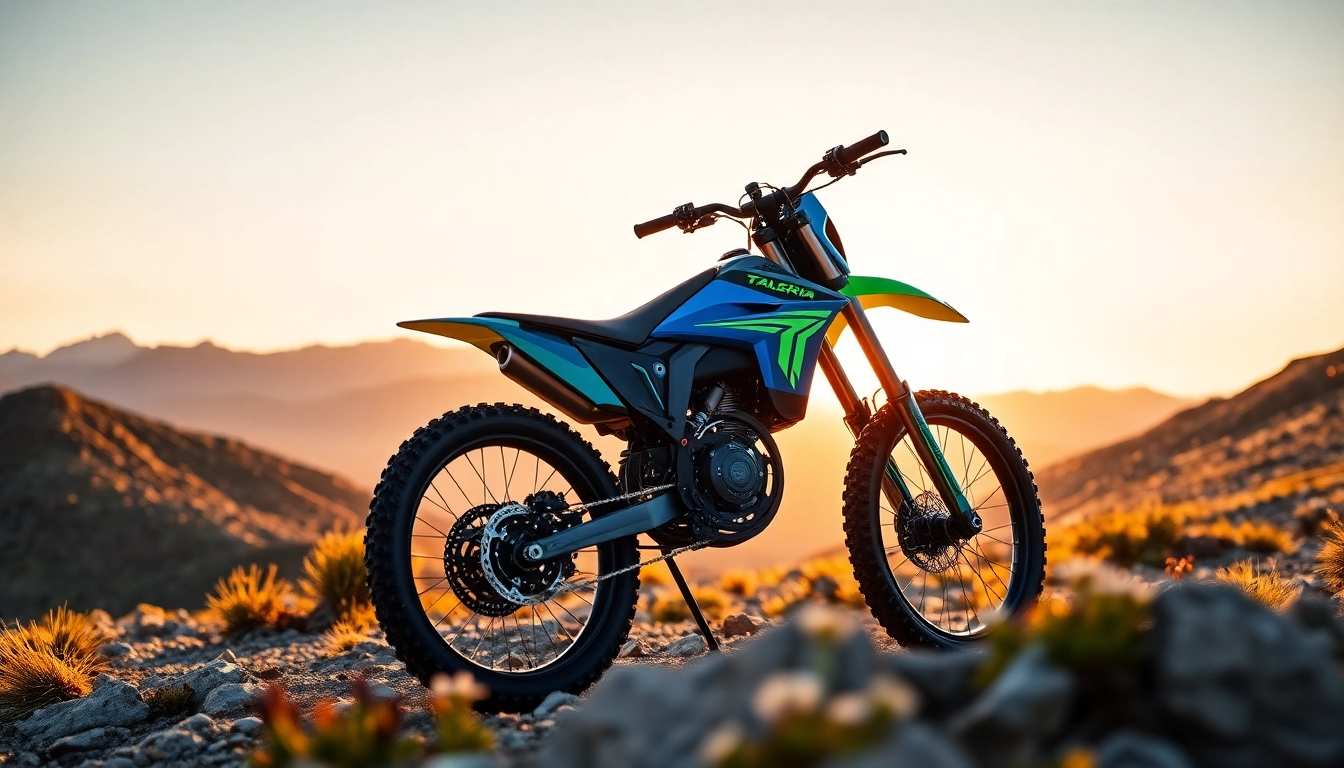
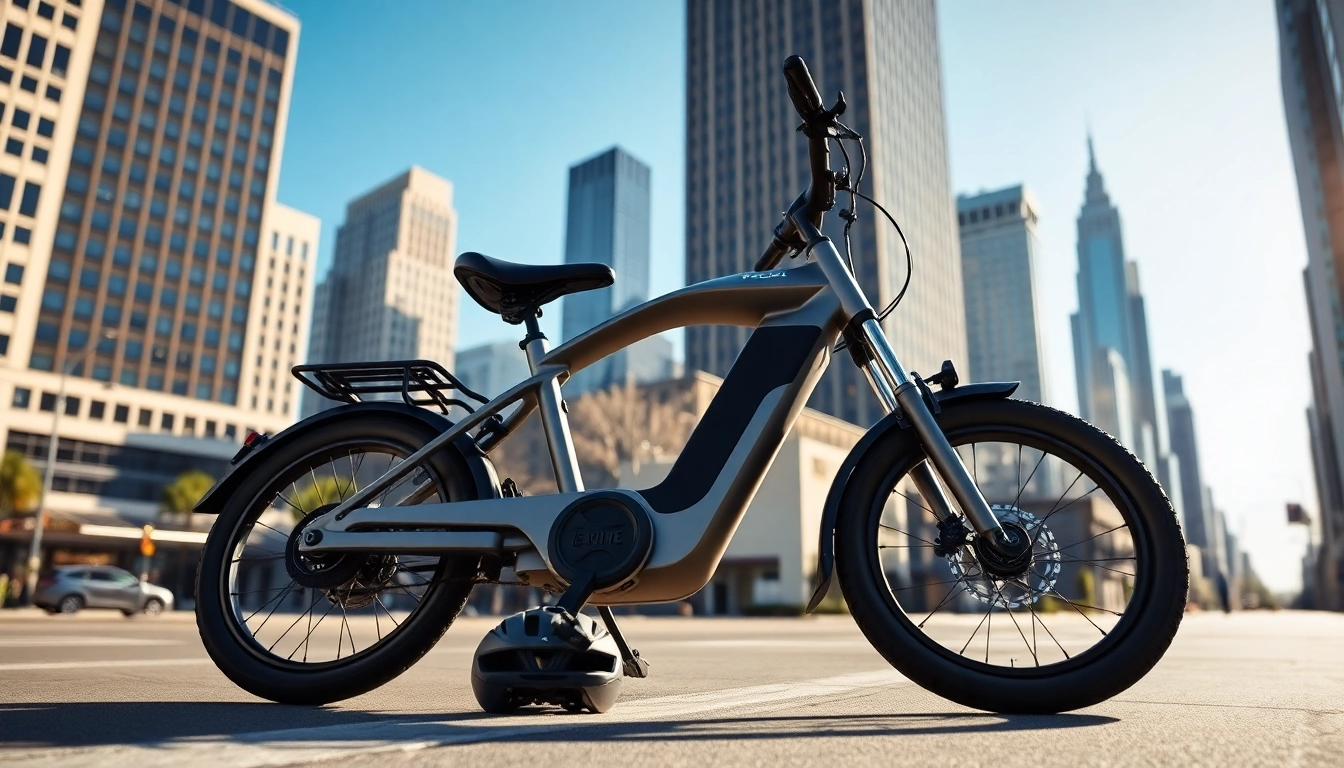
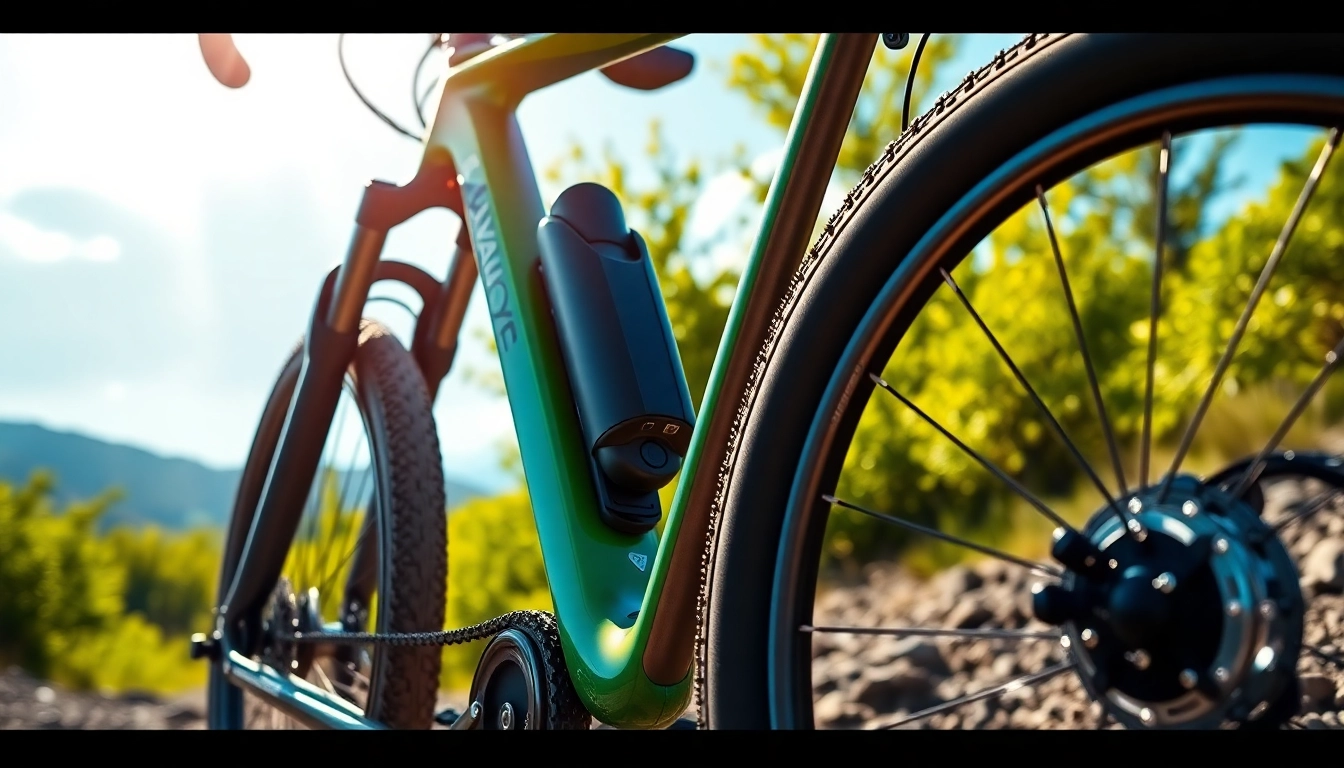
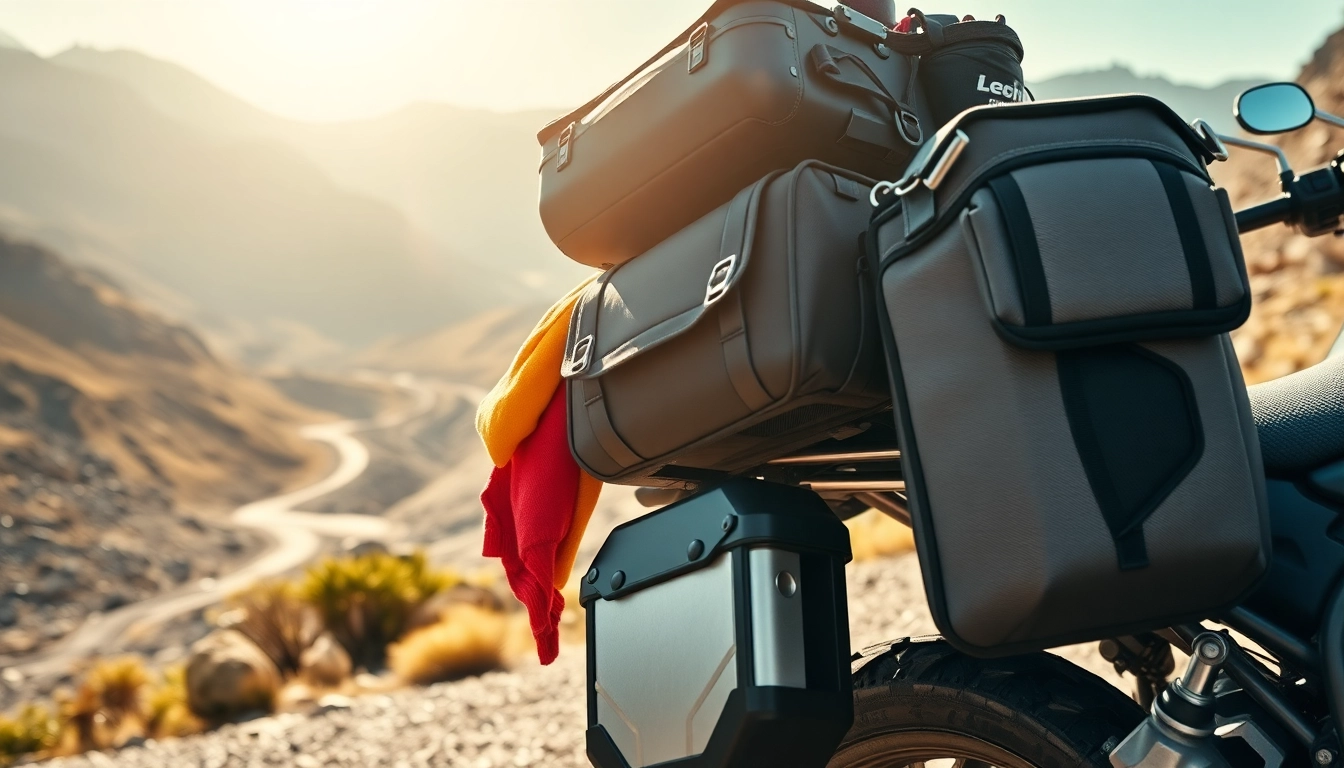
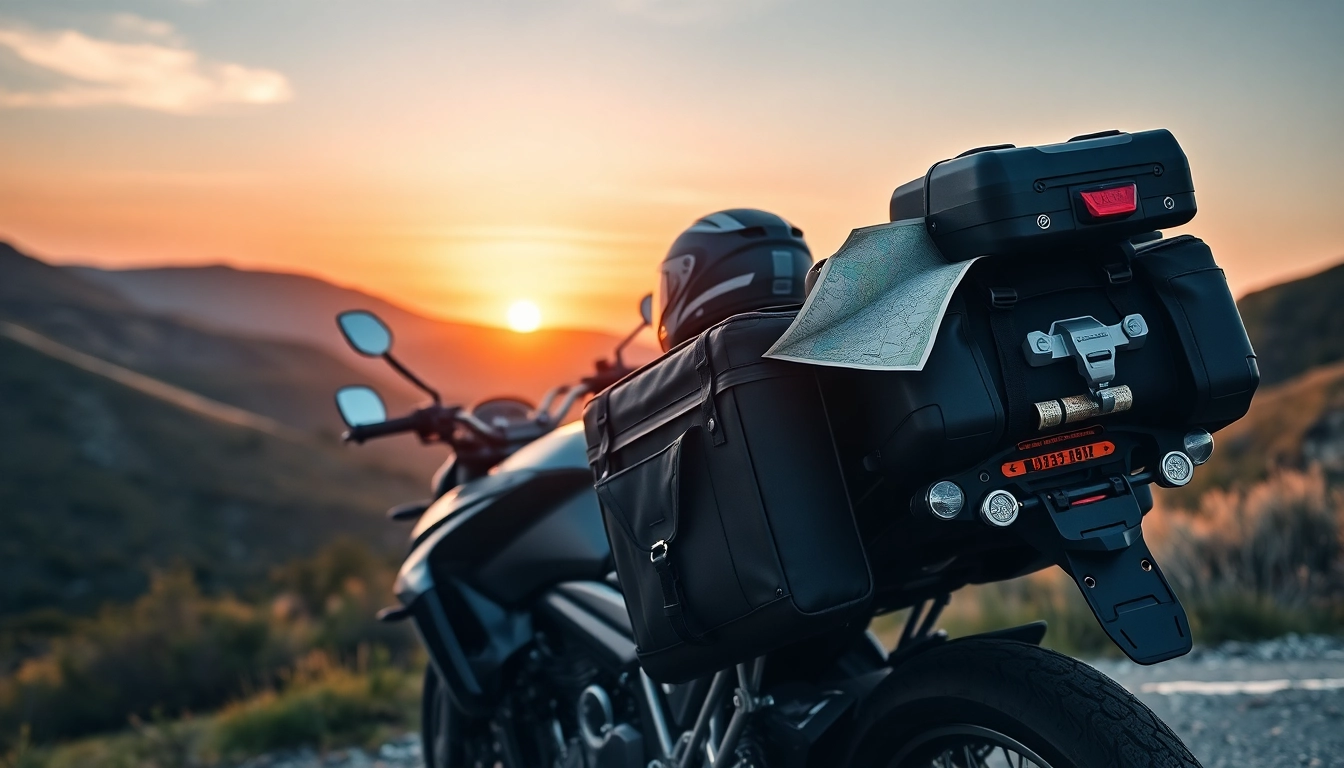

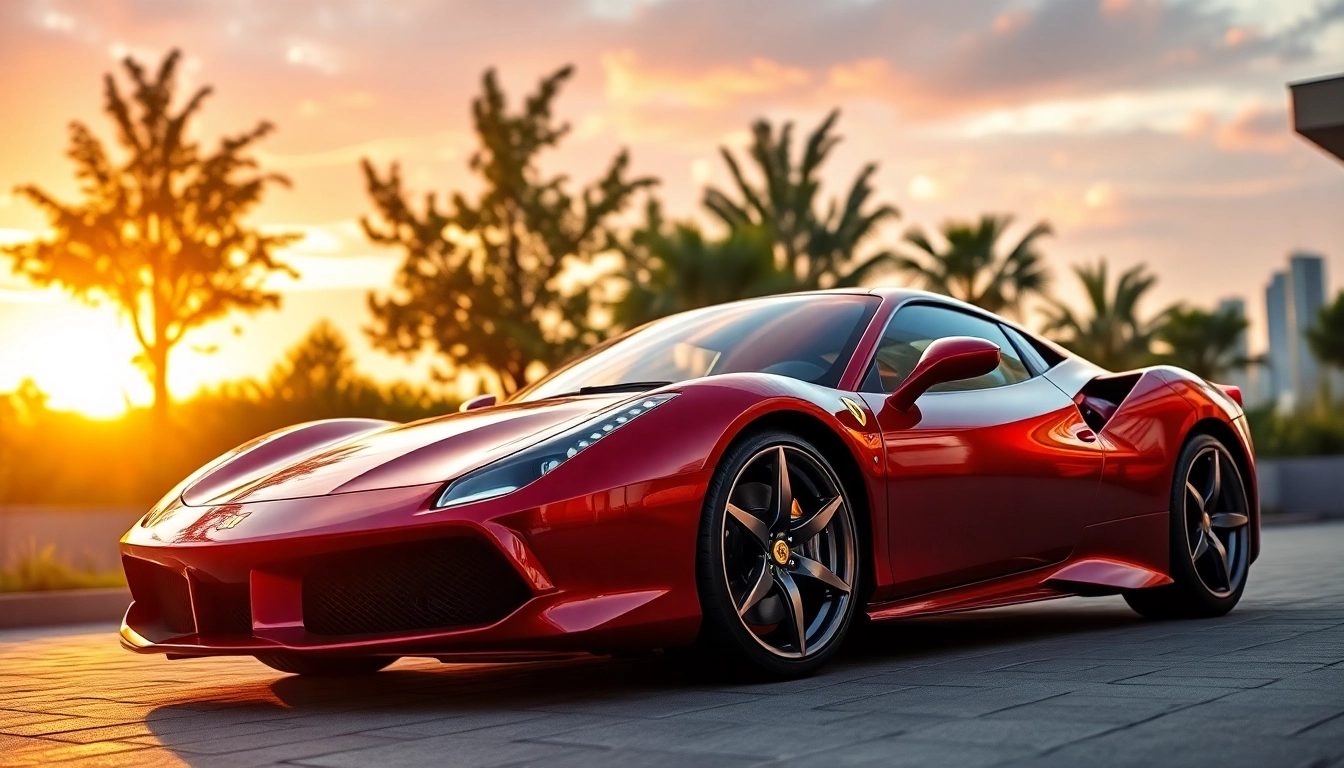
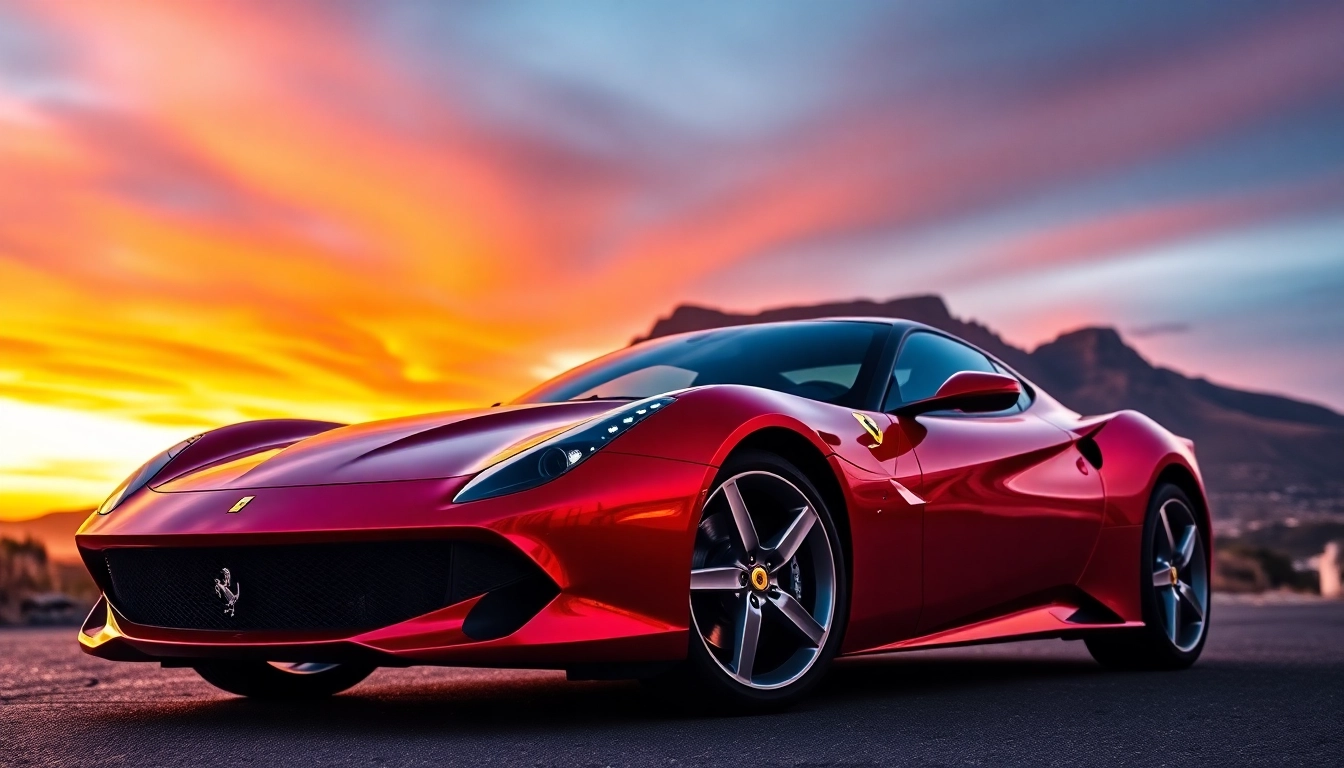
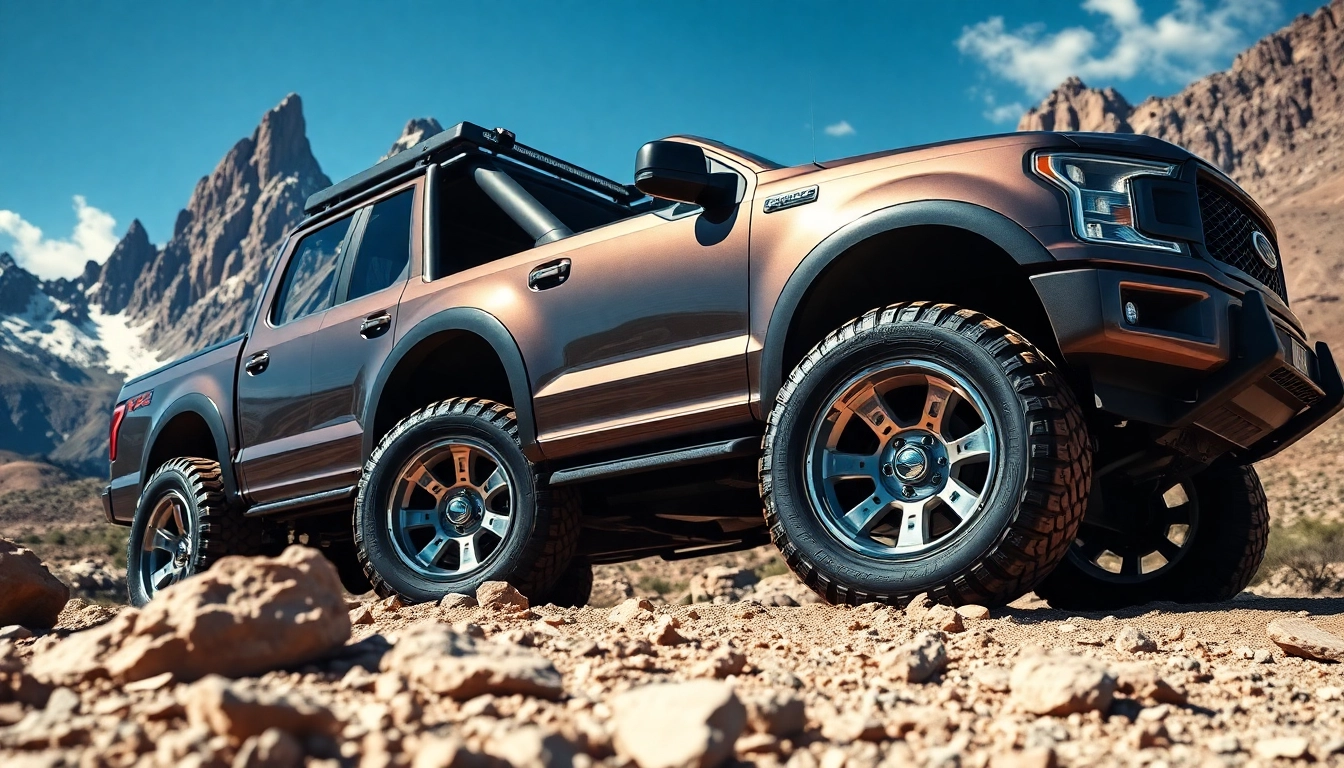
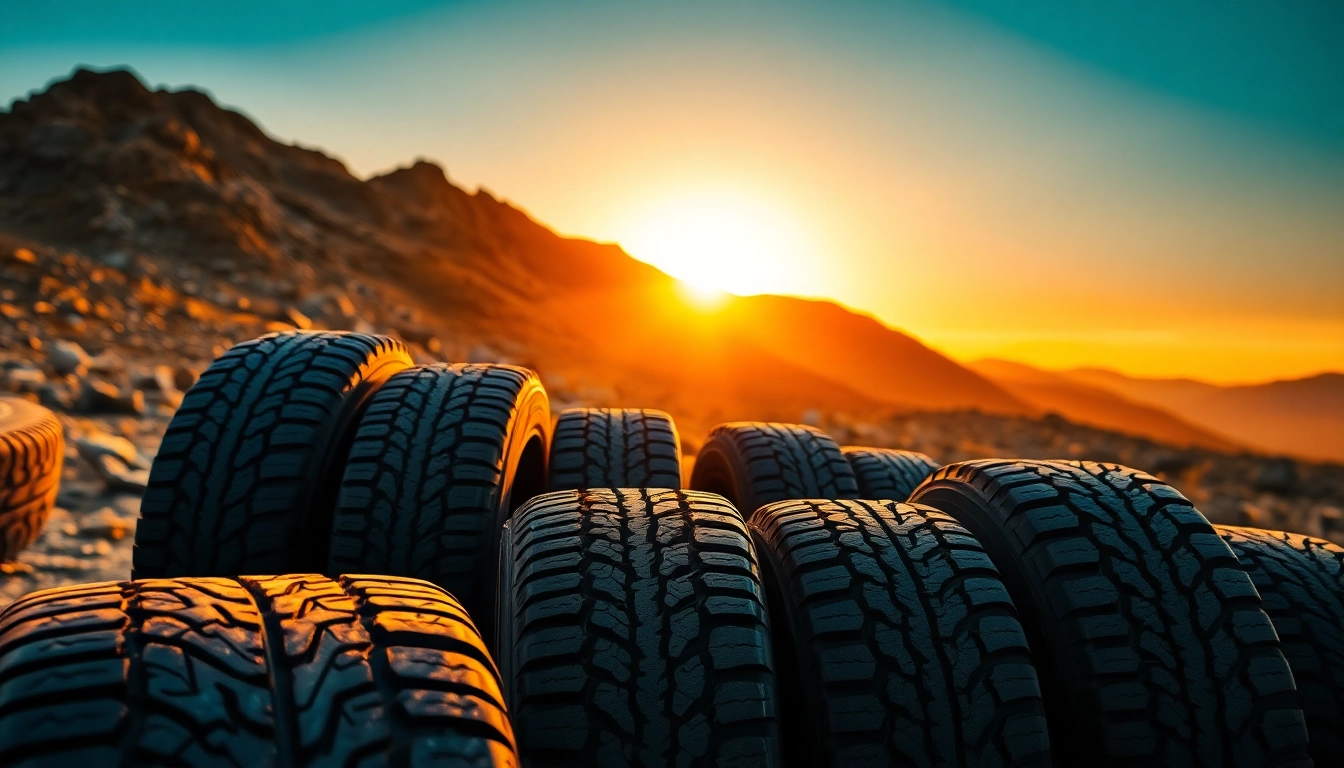


Leave a Reply